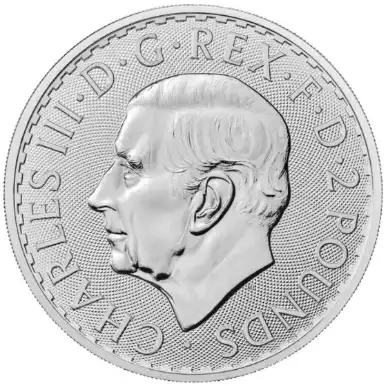Why ‘Troy’ Ounce?
News
|
Posted 17/02/2023
|
17332
One of the peculiarities of dealing with the precious metals gold, silver and platinum is the use of ‘troy’ ounce as the standard measurement unit. While people quickly accept that 31.1035 grams, roughly, equal a troy ounce, (or that there are 32.1507 troy oz in a kilo) why does this unit of measurement still persist, and where did it come from?
One of the first things we teach new sales consultants at Ainslie Bullion is to get used to both the troy ounce and the metric system. Ironically, I often find myself trying to figure out what a weight quoted in kilos and grams equates to in ounces before I feel like I’ve gotten my bearings. It’s not an uncommon occurrence for a customer that has sold to us, to come back or call back and say, ‘Excuse me, I think there’s been a mistake!’. At other times, first time purchasers whip out their smart phone and do some quick maths on their calculator, ‘Geez, pretty expensive per gram’. Inevitably, they were thinking of an “Imperial Ounce”, 28.35g. It’s important to deal with a reputable dealer that won’t try to pass off their products as ‘ounces’ and keep the 10% difference between the standard ounce and the troy.
The name ‘Troy’ is generally accepted to have come from the French town of Troyes, which was a major business hub throughout the middle ages. From the reign of French-born King Henry II in the 1500s, the British Empire adopted the troy ounce as its unit of measurement officially in 1527 which continues right up to today’s gold, silver and platinum bullion out of the UK Mint. The US adopted troy ounces from 1828, and since then most international mints deal in the troy measurement system.
The measurement system is said to go back to the Roman era, where bronze bars could be broken down into 12 pieces, each called a ‘unica’ which weighed 31.1g. 12 troy ounces then made for a ‘pound’ and this is where the term Pound Sterling comes from. From AD 755, 7.5% of each pound of silver was reserved for the king, which left 0.925 pure silver and the balance with copper - this became “Sterling Silver”.

The UK Mint has been producing coinage with the face of the sovereign and the name of the mint in various forms since the time of Constantine when there was a Roman mint based in London from AD247 until about 337. The reverse of the 1oz coins shows ‘Britannia’ and have been produced since 1987 in gold (1997 in silver). With the new King on the obverse, they follow in a long line of sovereign coins going back to Roman times.
The new 1oz Gold and Silver Britannia with the new King obverse is available to purchase online in the Ainslie Bullion Online Store. Likewise the last ever, commemorative, Queen’s effigy coins are also available now.
